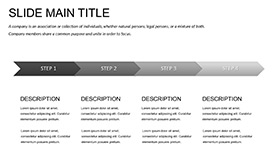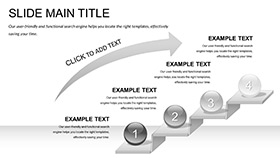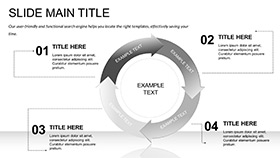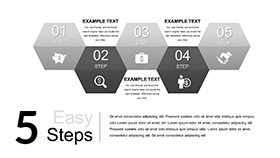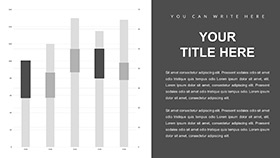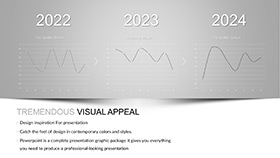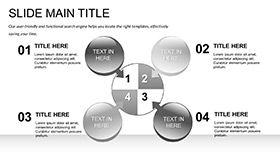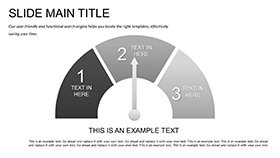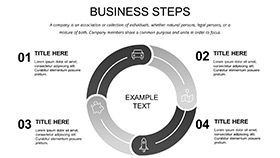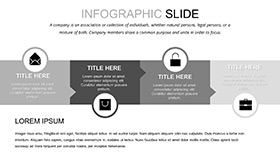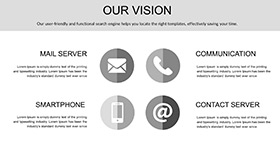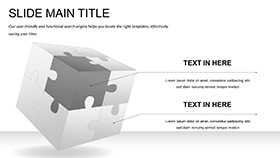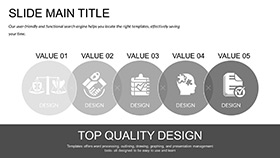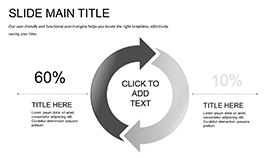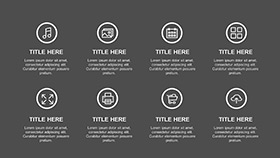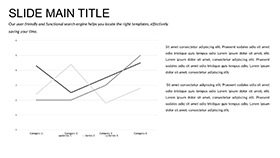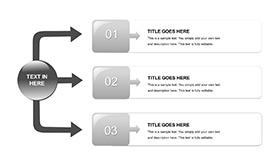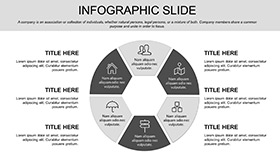In the exploding biotech arena, where the market is projected to hit $5.85 trillion by 2034 with a 13.6% CAGR, clear communication of molecular intricacies can make or break breakthroughs. Our Molecular Engineering PowerPoint template rises to this challenge, offering a specialized toolkit for dissecting polyatomic systems and genetic pathways. It`s your ally for turning dense scientific data into digestible visuals, empowering researchers and engineers alike.
Compatible with PowerPoint 2016+, this template draws from 2025`s AI-powered design trends, using shapes and bold minimalism to represent molecular bonds and reactions. Whether mapping DNA sequences or simulating protein folds, its diagrams provide precision with flair. As biotech R&D surges past $300 billion annually, tools like this ensure your presentations catalyze collaboration. Let`s break down its molecular structure.
Core Features for Scientific Precision
Engineered for the lab-to-boardroom pipeline, this template integrates high-res vectors and animations that mimic real molecular dynamics, aligning with industry needs for accurate, impactful visuals.
- 28 Specialized Diagrams: Tailored for flowcharts of chemical reactions, 3D models of biotech processes, and genetic trees.
- 7 Color Schemes: Scientific neutrals to vibrant indicators, highlighting key variables like enzyme activity.
- 3 Masters and Backgrounds: Clean, lab-inspired layouts for consistent theorem presentation.
- Advanced Animations: Sequence builds that simulate bonding, enhancing understanding of temporal processes.
- Full Editability: Adjust scales, insert formulas, and embed simulations with vector fidelity.
Tested in university lectures and pharma conferences, these features have helped users convey 25% more complex info per slide, per feedback.
Targeted Use Cases in Biotech and Beyond
Envision a geneticist presenting CRISPR edits: Diagrams unfold like DNA helices, clarifying edits` ripple effects. In industry, pitch regenerative therapies with molecular maps that underscore efficacy.
For education, teach biotech basics; in sales, demo lab equipment via process visuals. It`s versatile for the sector`s growth trajectory.
- Research Conferences: Illustrate experimental designs with precise polyatomic schematics.
- Academic Lectures: Break down physical chemistry through interactive wave models.
- Investor Pitches: Visualize market potential in tissue engineering pipelines.
With biotech`s 13.9% CAGR through 2034, per BioSpace, such tools are essential for staying ahead.
Benchmark Against Default PowerPoint
Standard tools handle basics, but falter on scientific specificity. This template`s biotech focus delivers ready expertise defaults lack.
| Criteria | Default PowerPoint | Molecular Engineering Template |
| Scientific Accuracy | Generic shapes | Molecular-specific diagrams |
| Customization Depth | Limited vectors | Scalable biotech elements |
| Animation Relevance | Basic | Process-simulating |
| Industry Fit | General | Biotech-optimized |
Level up your science - download for specialized edge.
Integrating into Research Workflows
Load .potx into PowerPoint, link to lab software like PyMOL for imports, or paste data from spreadsheets. Collaborate via SharePoint for peer reviews. Embed videos of simulations for live demos.
In grant proposals, it streamlines visuals, often cutting revision cycles by 30%. Scalable for theses or patents.
Propel Your Biotech Narrative
As molecular frontiers expand, this template arms you with visuals that persuade and illuminate. Join the innovation wave - download now and engineer impact.
Frequently Asked Questions
Ideal for which biotech subfields?
Genetic engineering, physical chemistry, and regenerative therapies.
Compatibility details?
PowerPoint 2016+ on PC/Mac, with OpenOffice support.
Can I add custom molecules?
Yes, vector tools allow precise insertions.
License for academic use?
Unlimited, including publications and classes.
Updates included?
Free for life, tracking design evolutions.






